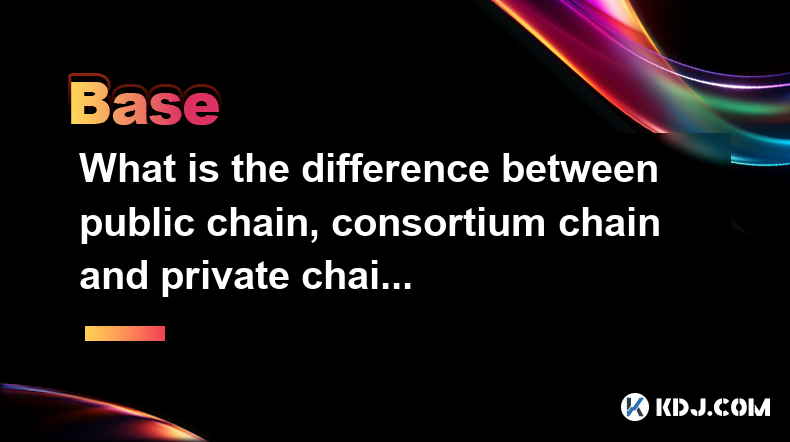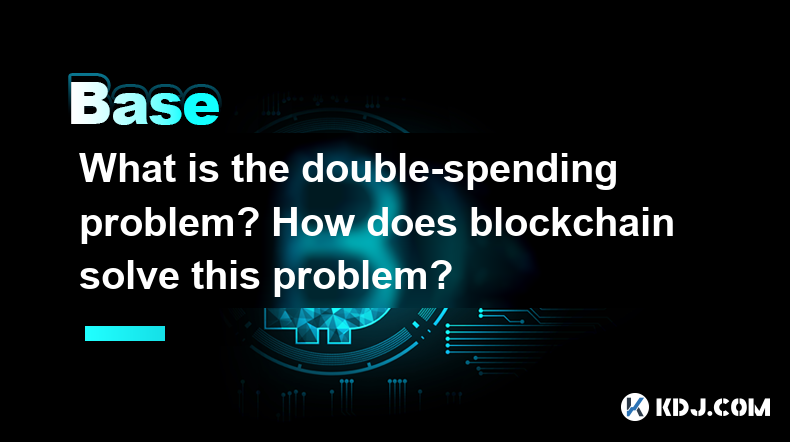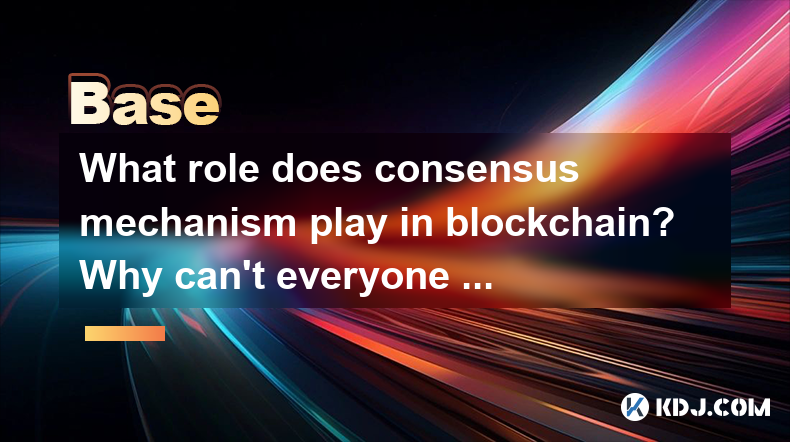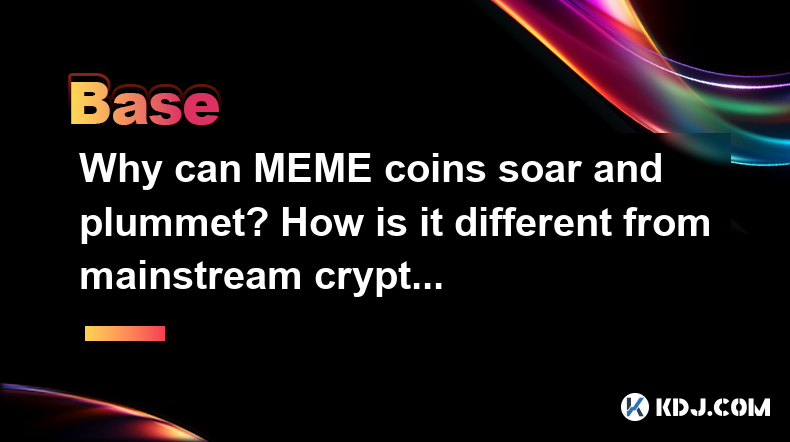-
 Bitcoin
Bitcoin $83,966.7716
2.55% -
 Ethereum
Ethereum $1,817.5394
1.91% -
 Tether USDt
Tether USDt $0.9994
-0.01% -
 XRP
XRP $2.1234
4.01% -
 BNB
BNB $596.5824
1.51% -
 Solana
Solana $122.9232
6.60% -
 USDC
USDC $1.0000
0.01% -
 Dogecoin
Dogecoin $0.1697
7.26% -
 Cardano
Cardano $0.6590
2.95% -
 TRON
TRON $0.2396
1.62% -
 UNUS SED LEO
UNUS SED LEO $9.5334
1.48% -
 Chainlink
Chainlink $12.9296
2.40% -
 Toncoin
Toncoin $3.3729
-5.68% -
 Stellar
Stellar $0.2583
0.47% -
 Avalanche
Avalanche $18.0805
0.95% -
 Sui
Sui $2.2737
2.80% -
 Shiba Inu
Shiba Inu $0.0...01222
0.72% -
 Hedera
Hedera $0.1651
2.88% -
 Litecoin
Litecoin $84.1844
2.53% -
 Polkadot
Polkadot $4.0329
0.57% -
 MANTRA
MANTRA $6.2618
-2.07% -
 Bitcoin Cash
Bitcoin Cash $299.0692
1.89% -
 Bitget Token
Bitget Token $4.5296
1.58% -
 Dai
Dai $0.9999
0.00% -
 Ethena USDe
Ethena USDe $0.9990
-0.05% -
 Hyperliquid
Hyperliquid $11.9987
4.67% -
 Monero
Monero $214.4963
2.32% -
 Uniswap
Uniswap $5.8942
2.56% -
 Pi
Pi $0.5243
-9.11% -
 Pepe
Pepe $0.0...07086
8.12%
What is "Oracle" in cryptocurrency?
Oracles bridge blockchains to real-world data, crucial for smart contracts and dApps, with centralized and decentralized types each offering unique security and efficiency trade-offs.
Mar 31, 2025 at 09:28 am

Understanding the Role of Oracles in Blockchain Technology
Blockchain technology, while revolutionary, suffers from a significant limitation: its inherent isolation. Blockchains operate in a self-contained environment, lacking the ability to access external data sources independently. This is where oracles come into play. Oracles act as bridges, securely connecting blockchain networks to the outside world, allowing them to receive and verify real-world data. This is crucial for smart contracts and decentralized applications (dApps) to function correctly. Without oracles, many blockchain applications would be severely limited in their functionality.
How Oracles Work: Bridging the Gap Between Blockchain and the Real World
Oracles function by providing verifiable data from off-chain sources to on-chain smart contracts. This data can range from simple price feeds to complex information requiring extensive verification. The process typically involves several steps:
- Data Request: A smart contract on the blockchain requests specific data.
- Data Acquisition: The oracle retrieves the requested data from a reliable external source. This could be anything from a weather API to a stock exchange.
- Data Validation: The oracle verifies the data's authenticity and integrity using various methods, often involving multiple data sources to prevent manipulation.
- Data Transmission: Once validated, the oracle securely transmits the data to the smart contract on the blockchain.
- Smart Contract Execution: The smart contract uses the received data to execute its pre-defined logic.
Types of Oracles: Centralized vs. Decentralized
Oracles are broadly categorized into centralized and decentralized systems, each with its own strengths and weaknesses.
Centralized Oracles: These rely on a single entity or organization to provide data. While efficient and often cheaper to implement, they introduce a single point of failure and vulnerability to manipulation or censorship. Examples include Chainlink's centralized oracle networks.
Decentralized Oracles: These distribute the data acquisition and validation process across multiple independent nodes. This enhances security and resilience, mitigating the risks associated with single points of failure. However, they are often more complex and expensive to operate. Chainlink's decentralized oracle network is a prominent example.
Security Concerns and Challenges in Oracle Systems
The security of oracles is paramount, as compromised oracles can lead to the failure or manipulation of smart contracts. Key security challenges include:
- Single Point of Failure: Centralized oracles are vulnerable to attacks targeting the single data provider.
- Data Manipulation: Malicious actors could attempt to manipulate the data provided by oracles.
- Sybil Attacks: In decentralized oracles, attackers could create multiple fake identities to influence the data aggregation process.
- Oracles themselves being hacked: The oracle's own infrastructure can be compromised, leading to false data being provided.
Importance of Oracle Reliability in Smart Contracts
The reliability of oracles is directly linked to the functionality and security of smart contracts. Consider a decentralized finance (DeFi) application that relies on an oracle for price feeds. If the oracle provides inaccurate or manipulated data, the smart contract could execute incorrectly, leading to financial losses or other adverse outcomes. Therefore, choosing reliable and secure oracles is crucial for the success of any blockchain application.
Different Oracle Architectures and Their Implementations
Several architectural approaches are used in building oracle systems. Each offers a unique trade-off between security, cost, and complexity.
- Hardware Security Modules (HSMs): These provide a secure environment for cryptographic operations, enhancing the security of data validation and transmission.
- Multi-signature Schemes: These require multiple parties to authorize data updates, preventing single points of failure.
- Reputation Systems: These use reputation scores to assess the reliability of data sources, helping to identify and filter out malicious actors.
- Blockchain-based Consensus Mechanisms: These use consensus algorithms to ensure the integrity of data aggregation and validation.
The Future of Oracles in the Cryptocurrency Ecosystem
The demand for reliable and secure oracles is rapidly growing, driven by the increasing adoption of smart contracts and dApps. Ongoing research and development focus on improving the security, scalability, and efficiency of oracle systems. This includes exploring new cryptographic techniques, developing more robust consensus mechanisms, and integrating advanced data validation methods. The future of oracles is likely to see greater diversity in architecture, improved security protocols, and broader integration with various blockchain networks.
Choosing the Right Oracle for Your Needs
Selecting an appropriate oracle for a specific application requires careful consideration of several factors:
- Security Requirements: The level of security needed depends on the sensitivity of the data and the potential consequences of manipulation.
- Data Requirements: The type and frequency of data needed will influence the choice of oracle.
- Cost Considerations: The cost of using an oracle can vary significantly depending on its architecture and features.
- Scalability: The oracle should be able to handle the expected volume of data requests.
Common Questions and Answers
Q: What is the difference between a centralized and decentralized oracle?
A: A centralized oracle relies on a single entity for data, while a decentralized oracle distributes this responsibility across multiple independent nodes, improving security and resilience.
Q: How can oracles be manipulated?
A: Oracles can be manipulated by attacking the data source, compromising the oracle's infrastructure, or exploiting vulnerabilities in the data validation process.
Q: Are oracles secure?
A: The security of an oracle depends on its design and implementation. Decentralized oracles generally offer higher security than centralized ones, but no system is completely immune to attack.
Q: Why are oracles important for DeFi?
A: Oracles are essential for DeFi applications as they provide real-world data, such as price feeds, which are necessary for the execution of smart contracts. Without reliable oracles, many DeFi applications would be impossible.
Q: What are some examples of popular oracles?
A: Chainlink is a prominent example, offering both centralized and decentralized oracle networks. Other notable oracles include Band Protocol and API3.
Disclaimer:info@kdj.com
The information provided is not trading advice. kdj.com does not assume any responsibility for any investments made based on the information provided in this article. Cryptocurrencies are highly volatile and it is highly recommended that you invest with caution after thorough research!
If you believe that the content used on this website infringes your copyright, please contact us immediately (info@kdj.com) and we will delete it promptly.
- Bitcoin's environment experiences fundamental shifts because Bitcoin halving combined with decentralized finance (BTCFi) changes how Bitcoin functions and shapes its marketplace
- 2025-04-05 04:30:12
- Arctic Pablo Coin (APC) Presale: ROI of 9084.48% and 66% APY Staking Rewards
- 2025-04-05 04:30:12
- Cosmos (ATOM) Token Defies the Dip With Nearly 10% Gains
- 2025-04-05 04:25:12
- Meme-Inspired Cryptocurrency Floki (FLOKI) Is Now Live on Robinhood's European Platform
- 2025-04-05 04:25:12
- Solaxy (SOLX) Price Soars Past $29M Market Cap as Its Presale Continues to Roar
- 2025-04-05 04:20:12
- With Q2 Now Underway, Crypto Investors Are Watching Closely for the Next Wave of Breakout Tokens
- 2025-04-05 04:20:12
Related knowledge

Why is the oracle called the bridge between blockchain and the real world?
Apr 04,2025 at 04:00am
The concept of an oracle in the cryptocurrency and blockchain world is crucial for understanding how these decentralized systems interact with external data. The oracle is often referred to as the bridge between blockchain and the real world because it serves as a vital intermediary that fetches, verifies, and transmits off-chain data to the on-chain en...

What role does the Merkle tree play in the blockchain? Why can it verify data integrity?
Apr 04,2025 at 01:29pm
The Merkle tree plays a crucial role in the blockchain, primarily due to its ability to efficiently and securely verify data integrity. This article will delve into the structure of a Merkle tree, its implementation in blockchain, and how it ensures the integrity of data. Understanding the Structure of a Merkle TreeA Merkle tree, also known as a hash tr...

What is the difference between public chain, consortium chain and private chain? What scenarios are suitable for each?
Apr 04,2025 at 09:21pm
In the world of blockchain technology, understanding the differences between public chains, consortium chains, and private chains is crucial for selecting the right type of blockchain for specific applications. Each type of blockchain has its own unique characteristics and use cases, which we will explore in detail. Understanding Public ChainsPublic cha...

What is the double-spending problem? How does blockchain solve this problem?
Apr 04,2025 at 09:07am
The double-spending problem is a significant challenge in the realm of digital currencies. Double-spending refers to the potential for a digital currency to be spent more than once. This issue arises because digital files, unlike physical cash, can be easily duplicated. If not addressed, double-spending could undermine the integrity and trust in any dig...

What role does consensus mechanism play in blockchain? Why can't everyone keep accounts?
Apr 05,2025 at 12:29am
The consensus mechanism is a fundamental component of blockchain technology, serving as the backbone for maintaining the integrity and security of the network. It ensures that all participants in the network agree on the state of the ledger, which is crucial for the decentralized nature of blockchain. Without a consensus mechanism, the decentralized sys...

Why can MEME coins soar and plummet? How is it different from mainstream cryptocurrencies?
Apr 04,2025 at 03:07pm
The world of cryptocurrencies is vast and diverse, with a wide range of digital assets that cater to different needs and interests. Among these, MEME coins have carved out a unique niche, often experiencing dramatic price fluctuations that can both soar and plummet in a short period. This phenomenon, while intriguing, differs significantly from the beha...

Why is the oracle called the bridge between blockchain and the real world?
Apr 04,2025 at 04:00am
The concept of an oracle in the cryptocurrency and blockchain world is crucial for understanding how these decentralized systems interact with external data. The oracle is often referred to as the bridge between blockchain and the real world because it serves as a vital intermediary that fetches, verifies, and transmits off-chain data to the on-chain en...

What role does the Merkle tree play in the blockchain? Why can it verify data integrity?
Apr 04,2025 at 01:29pm
The Merkle tree plays a crucial role in the blockchain, primarily due to its ability to efficiently and securely verify data integrity. This article will delve into the structure of a Merkle tree, its implementation in blockchain, and how it ensures the integrity of data. Understanding the Structure of a Merkle TreeA Merkle tree, also known as a hash tr...

What is the difference between public chain, consortium chain and private chain? What scenarios are suitable for each?
Apr 04,2025 at 09:21pm
In the world of blockchain technology, understanding the differences between public chains, consortium chains, and private chains is crucial for selecting the right type of blockchain for specific applications. Each type of blockchain has its own unique characteristics and use cases, which we will explore in detail. Understanding Public ChainsPublic cha...

What is the double-spending problem? How does blockchain solve this problem?
Apr 04,2025 at 09:07am
The double-spending problem is a significant challenge in the realm of digital currencies. Double-spending refers to the potential for a digital currency to be spent more than once. This issue arises because digital files, unlike physical cash, can be easily duplicated. If not addressed, double-spending could undermine the integrity and trust in any dig...

What role does consensus mechanism play in blockchain? Why can't everyone keep accounts?
Apr 05,2025 at 12:29am
The consensus mechanism is a fundamental component of blockchain technology, serving as the backbone for maintaining the integrity and security of the network. It ensures that all participants in the network agree on the state of the ledger, which is crucial for the decentralized nature of blockchain. Without a consensus mechanism, the decentralized sys...

Why can MEME coins soar and plummet? How is it different from mainstream cryptocurrencies?
Apr 04,2025 at 03:07pm
The world of cryptocurrencies is vast and diverse, with a wide range of digital assets that cater to different needs and interests. Among these, MEME coins have carved out a unique niche, often experiencing dramatic price fluctuations that can both soar and plummet in a short period. This phenomenon, while intriguing, differs significantly from the beha...
See all articles





















































































